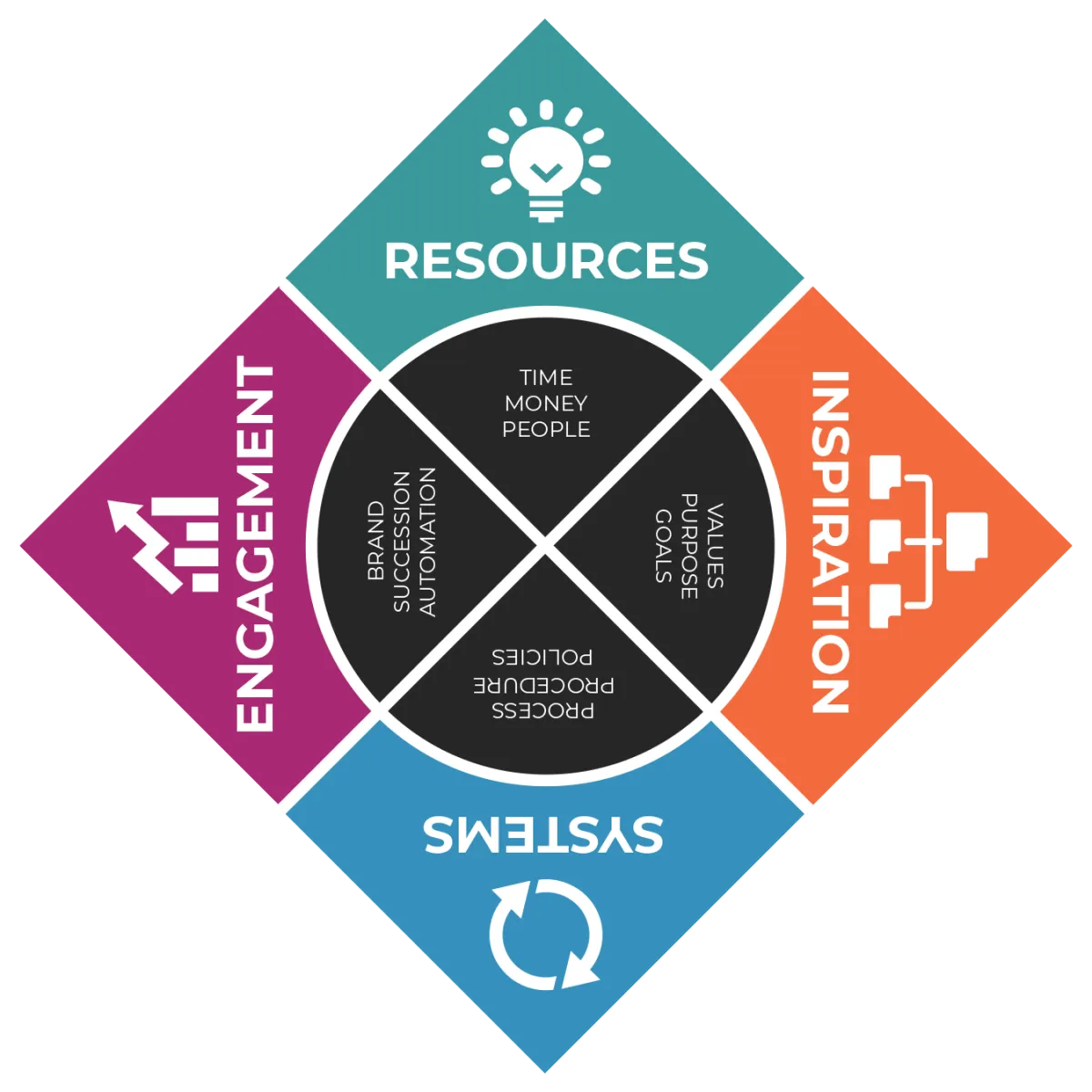
Building a Culture of Continuous Improvement – Why Great Businesses Never Stop Learning
Why Continuous Improvement is the Key to Long-Term Success
The best businesses don’t succeed by staying the same—they grow by constantly learning, adapting, and improving.
A culture of continuous improvement leads to:
✅ Higher employee engagement – People stay motivated when they see progress.
✅ Stronger problem-solving skills – Teams find new, better ways to work.
✅ Sustainable business growth – Companies that innovate stay ahead of the competition.
The RISE Business Framework teaches that great businesses never stop learning—they foster an environment where innovation, feedback, and growth are encouraged at every level.
If your company is stuck in outdated processes and resists change, it may be holding back its own potential.
What is a Culture of Continuous Improvement?
A business with a continuous improvement mindset is always asking:
✔ How can we improve our processes, products, and services?
✔ What lessons can we learn from past successes and failures?
✔ How can we encourage employees to share ideas and innovate?
📌 Example: A company that embraces continuous improvement doesn’t just “fix” problems—they proactively look for ways to make things better before issues arise.
Why Businesses Struggle Without Continuous Improvement
Many companies fail to grow and evolve because they:
🚫 Stick to outdated methods instead of testing new strategies
🚫 Discourage employee feedback and innovation
🚫 Ignore industry trends and customer needs
Without a culture of improvement, businesses experience:
❌ Stagnation—doing things the same way year after year
❌ Inefficiencies—wasting time and resources on outdated processes
❌ High turnover—employees leave when they don’t see opportunities to grow
How to Build a Culture of Continuous Improvement
The RISE Business Framework provides a structured approach to fostering innovation, learning, and improvement.
Step 1: Encourage a Growth Mindset at Every Level
✔ Train employees to see challenges as learning opportunities.
✔ Promote curiosity, problem-solving, and adaptability.
📌 Example: Instead of penalizing mistakes, turn failures into lessons by asking, “What can we learn from this?”
Step 2: Implement Regular Feedback & Open Communication
✔ Create an environment where employees feel safe sharing ideas.
✔ Use team meetings, surveys, and one-on-ones to gather input.
📌 Example: Hold monthly innovation meetings where employees suggest ways to improve efficiency, customer experience, or products.
Step 3: Optimize & Automate Inefficient Processes
✔ Regularly review workflows to eliminate bottlenecks and increase efficiency.
✔ Use Stoplight Reports to track performance and identify improvement areas.
📌 Example: If employees spend hours on manual tasks, look for automation tools to streamline workflows.
Step 4: Invest in Training & Professional Development
✔ Encourage continuous learning through courses, mentorship, and workshops.
✔ Reward employees who take initiative to learn and grow.
📌 Example: Offer education stipends or leadership development programs for employees looking to expand their skills.
Frequently Asked Questions (FAQs)
FAQs About Continuous Improvement
1. How do I know if my company lacks a culture of improvement?
If employees resist change, avoid innovation, or follow the same outdated processes without questioning them, your business may need a culture shift.
2. What’s the biggest mistake businesses make with continuous improvement?
Failing to listen to employee and customer feedback—great ideas for improvement often come from the people doing the work.
3. How do I measure improvement in my business?
✔ Track productivity, efficiency, and innovation metrics
✔ Monitor employee engagement and turnover rates
✔ Use Stoplight Reports to measure process optimization
FAQs About the RISE Business Framework
1. How does RISE help businesses develop continuous improvement?
RISE provides structured leadership training, accountability systems, and performance tracking to ensure teams embrace learning and innovation.
2. Can small businesses benefit from continuous improvement?
Absolutely! Small businesses need to innovate faster than large companies to stay competitive.
3. How do I start implementing continuous improvement in my company?
Final Thoughts
Great businesses don’t just adapt to change—they create it.
By building a culture of continuous improvement, you empower employees to think bigger, solve problems faster, and drive long-term success.
🚀 Want to build a high-growth business? Start fostering a learning culture today!
